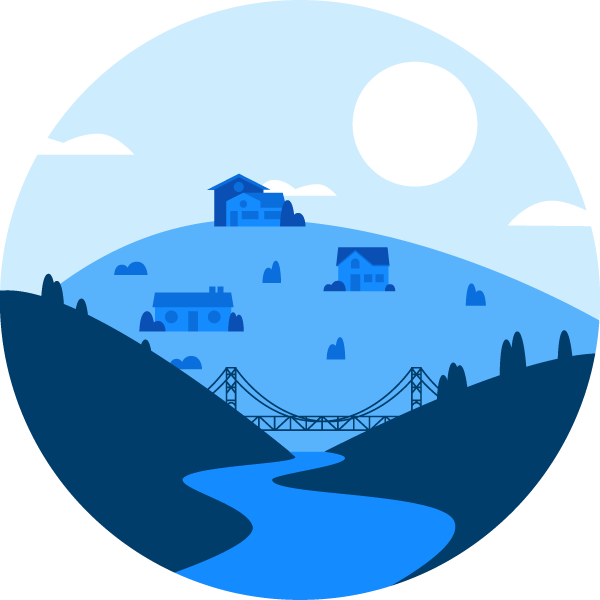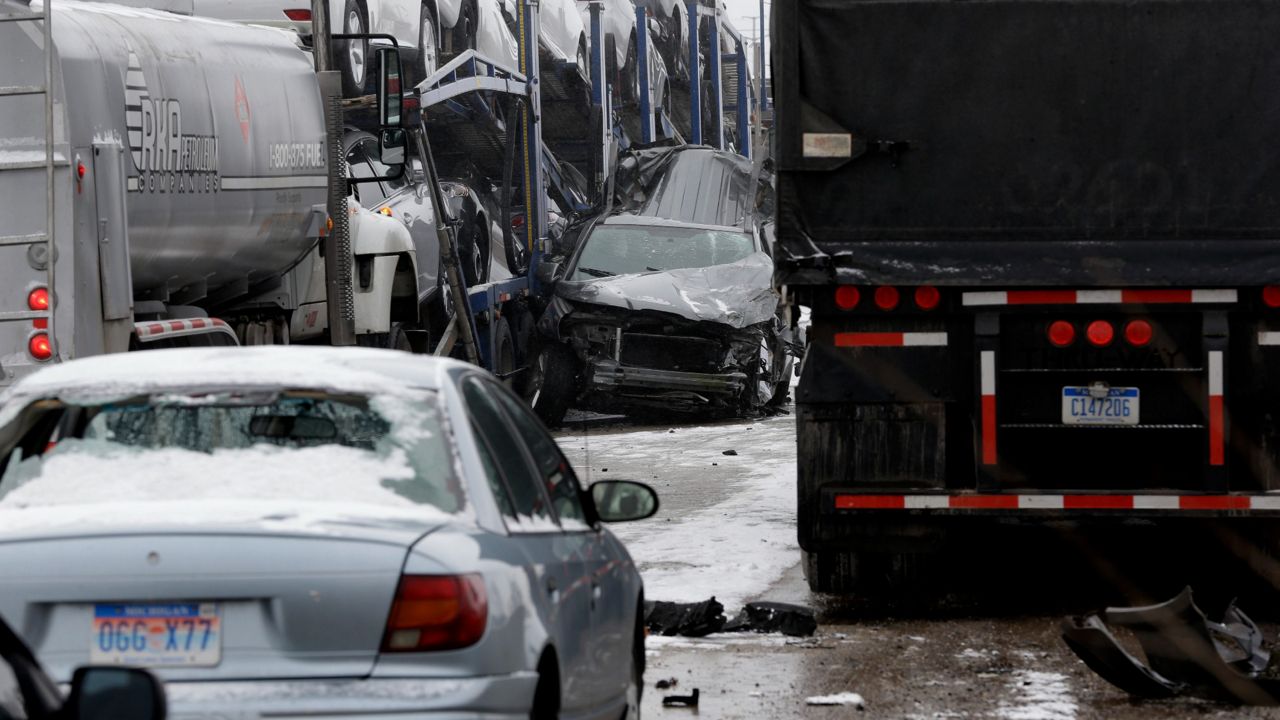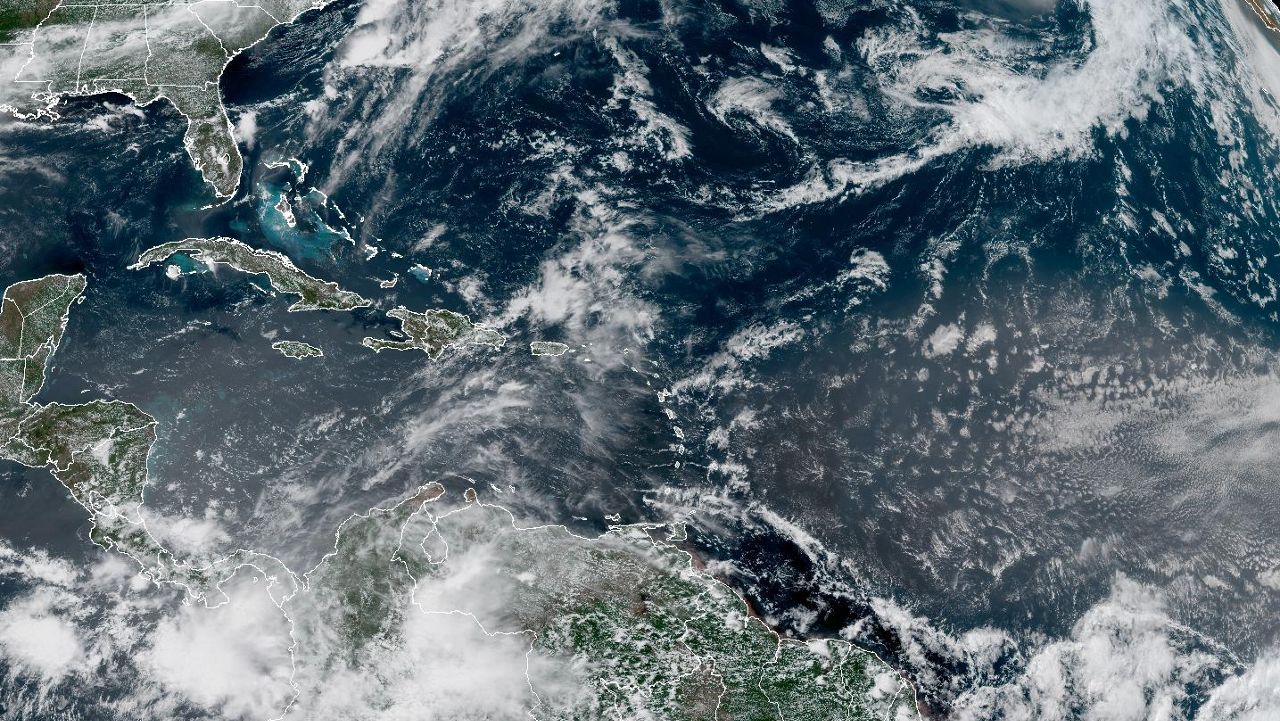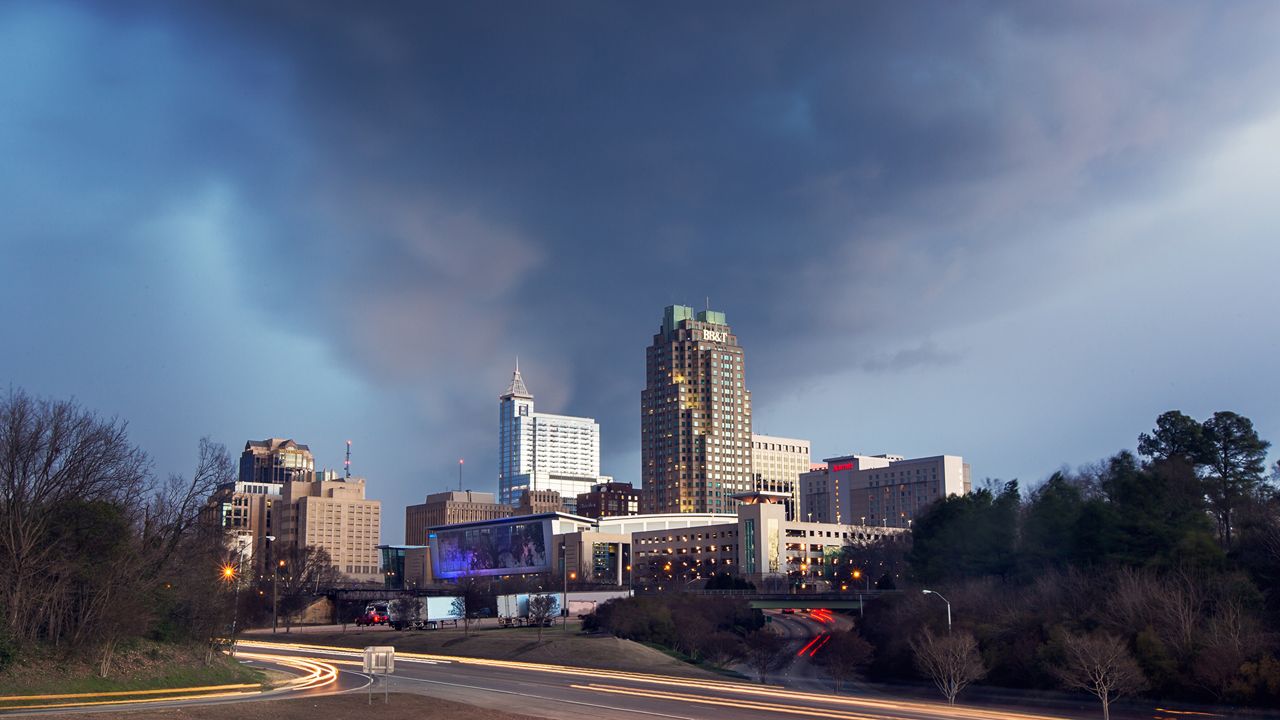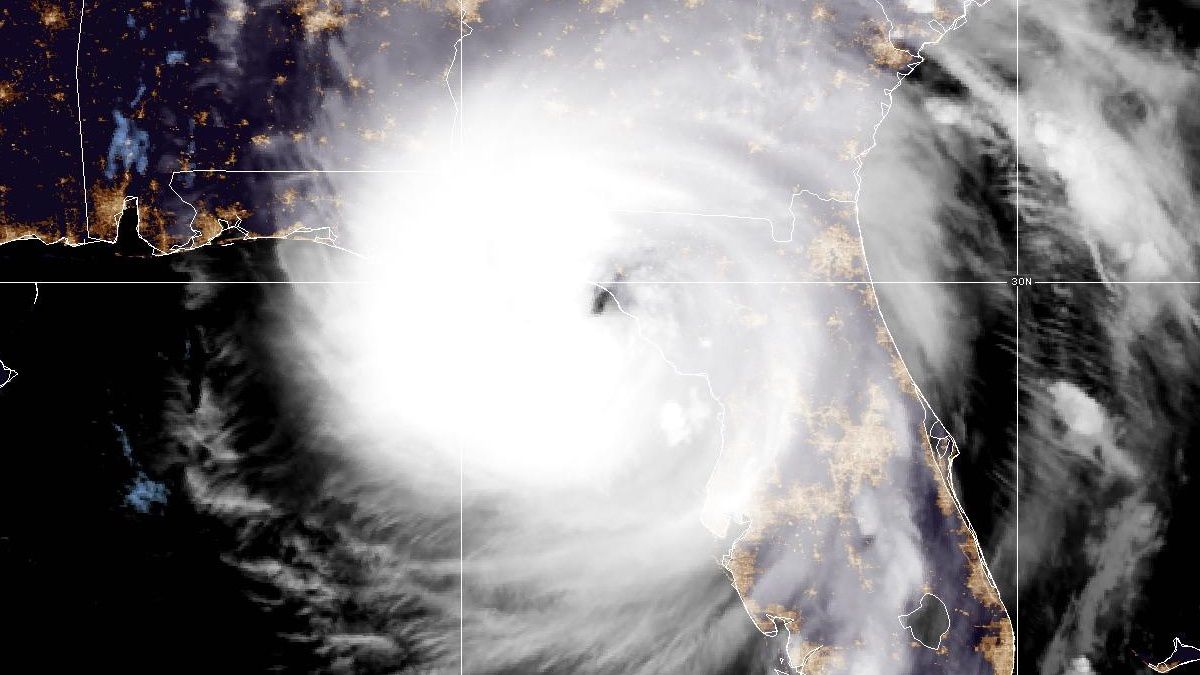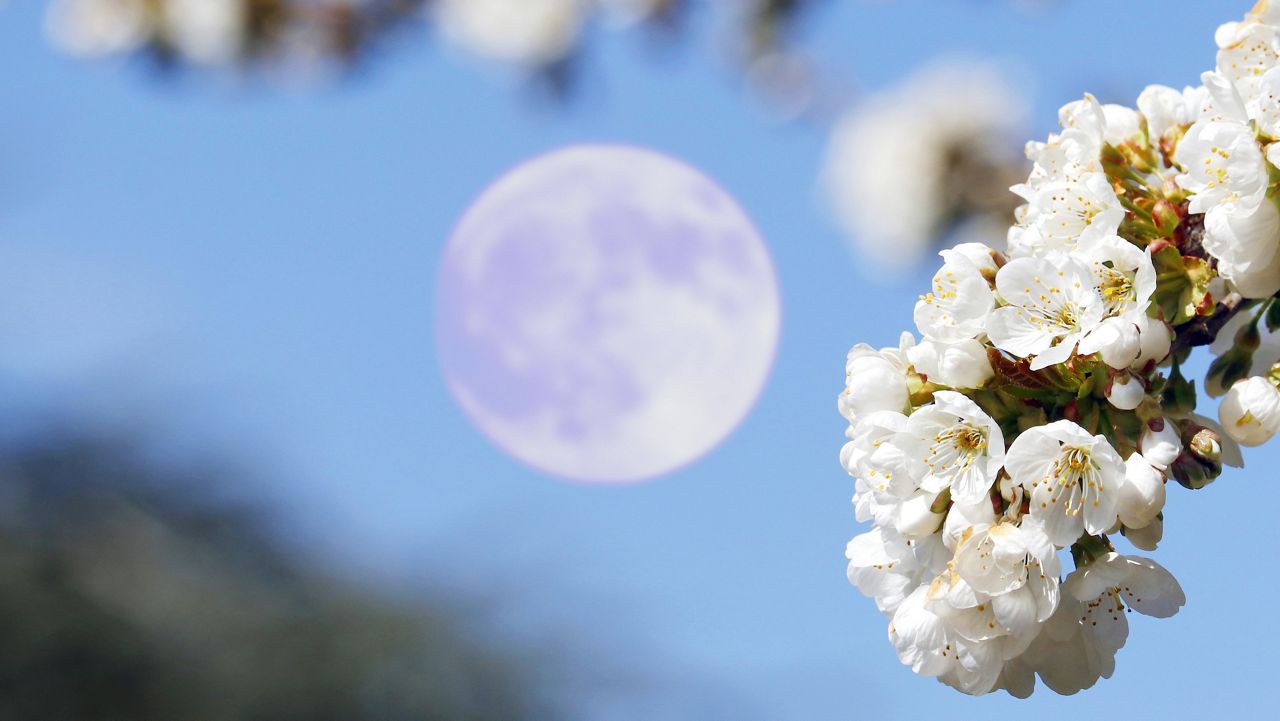During the spring and summer, thunderstorms can bring a sudden burst of heavy rain and gusty wind, only to leave as quickly as they arrive. In the winter, a similar thing can happen, but as a "snow squall"–and it’s just as dangerous, especially to people who are driving.
A snow squall is a burst of brief but intense snow. Visibility in a snow squall can quickly drop to almost nothing, especially when gusty winds also happen. And if that weren’t enough of a problem, a road can go from dry to snow-covered in just a few minutes.
These are essentially the winter version of a line of thunderstorms. A thunderstorm's downpour and gusty winds are hazardous to drivers, but snow squalls are even more dangerous.
Here's another view of what can happen within a snow squall.
Snow squalls can make a situation go from typical to whiteout in less than a minute.
Because conditions change so quickly, chain-reaction pile-ups are common in snow squalls. Drivers moving at normal highway speed come into a snow squall and lose control. The situation can get bad quickly when other vehicles have also crashed and are sitting on the road.
A snow squall in Pennsylvania in December 2019 caused a 30-vehicle crash that killed two people and injured 44.
In March 2018, snow squalls in the Cincinnati, Ohio metro caused large wrecks that killed two people. Another snow squall near Cincinnati in January 2013 caused two pile-ups involving a total of more than 150 vehicles, 36 injuries, and one death, and another near Detroit, Michigan killed three.
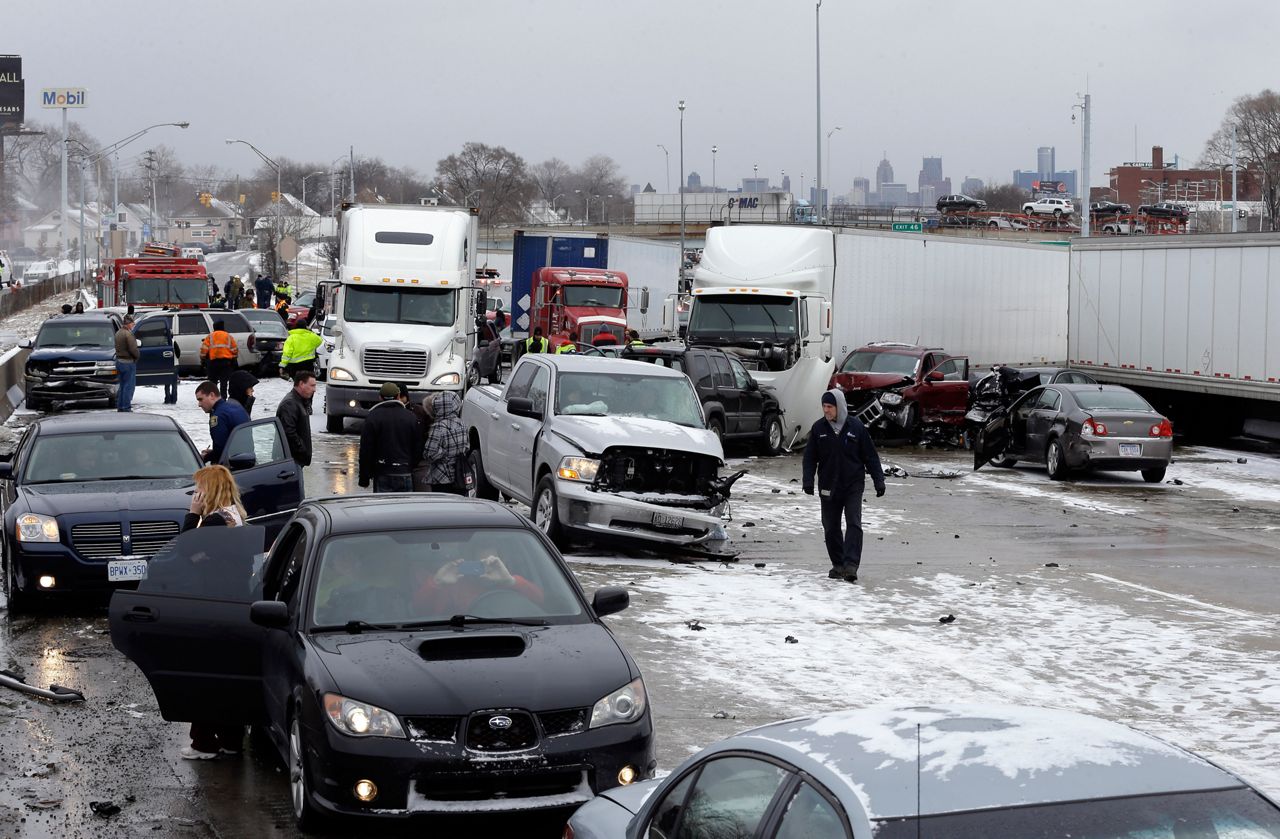
The National Weather Service began issuing Snow Squall Warnings in 2018. Like Severe Thunderstorm Sarnings, they cover a relatively small area for an hour or less. Snow Squall Warnings aren't issued when a Winter Storm or Blizzard Warning is already in effect, however.
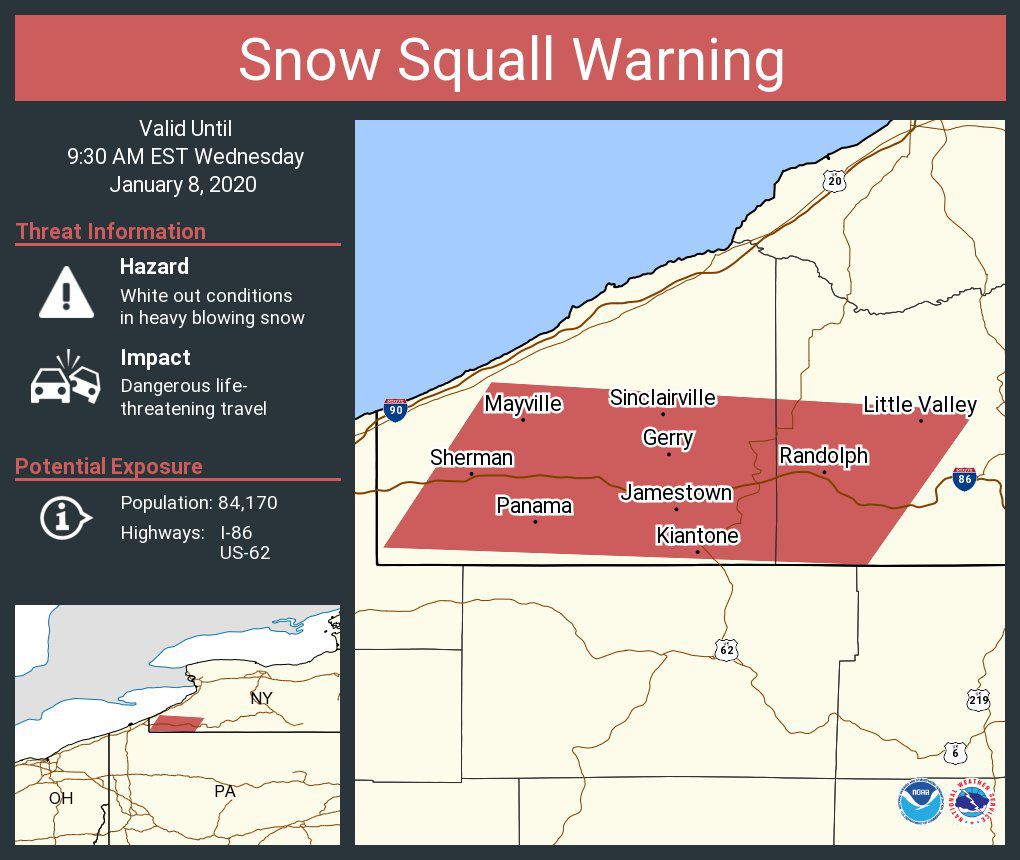
Most cellphones receive wireless emergency alerts, if enabled, and Snow Squall Warnings will set those off. NOAA Weather Radio will also tone-alert.
Some Departments of Transportation use their digital highway signs to warn drivers of snow squall conditions.
If you're at home, work, or shopping, wait to drive until the snow squall passes. The remnants of the squalls will make road conditions dangerous for a time.
If you're driving, consider pulling off to a safe area off the roadway before the squall arrives–not the shoulder or an underpass, but somewhere like a gas station or shopping area. If you must continue driving, turn on your headlights and slow down.
Do not slam the brakes in a snow squall. Even just a coating of snow on the road could cause you to lose control, possibly starting a chain-reaction crash.
If you're involved in a crash during a snow squall, the National Weather Service advises staying in your vehicle, unless you're able to safely exit and wait for help far from the roadway.
By checking forecasts and road conditions, drivers can better prepare themselves for these quick-hitting and blinding hazards.
Our team of meteorologists dives deep into the science of weather and breaks down timely weather data and information. To view more weather and climate stories, check out our weather blogs section.
Justin Gehrts - Senior Weather Producer
Justin Gehrts is a senior weather producer for Spectrum News. He has well over a decade of experience forecasting and communicating weather information. Gehrts began his career in 2008 and has been recognized as a Certified Broadcast Meteorologist by the American Meteorological Society since 2010.

